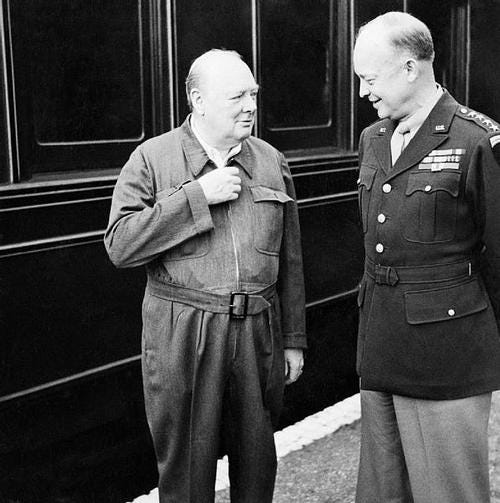Chaos Happens: What to Do About it on Your Next Product Development Project
June 30, 2016
In preparing for battle I have always found that plans are useless, but planning is indispensable. - Dwight D. Eisenhower
Nothing is more frustrating than developing a plan and then, in the heat of the battle, having to diverge from the plan when chaos happens.
This is not just a military phenomenon; this is also true of the plans we make in our product development processes. I have been the recipient of countless Gantt charts and Microsoft Project plans at the beginning of a product development effort, only to see these items get remade so many times that they just get started over or abandoned altogether.

Mental Clarity
However, there is a mental clarity that is gained by making an initial plan that will make you more holistically aligned with the project goals, and, therefore, more able to easily adapt to change when chaos makes it necessary.
Did you notice I said "when" not "if"?
This is what General Eisenhower was talking about, and he proved it with his brilliant tactical maneuvers against Hitler in World War II.
How do we achieve such mental clarity in the process of medical device design?
Enemies Everywhere
Planning is great, and creating charts and project plans can be helpful, but General Eisenhower might tell us that the most important thing to do when beginning to plan is to "know thy enemy."
 Get Your Medical Devices to Market. Tom KraMer will be delving into medical product development best practices and sharing tips from hospital value analysis committees on getting your product into hospitals at Medical Design & Manufacturing, Sept. 21-22, 2016 in Minneapolis. Register here for the event, hosted by Design News’ parent company, UBM.
Get Your Medical Devices to Market. Tom KraMer will be delving into medical product development best practices and sharing tips from hospital value analysis committees on getting your product into hospitals at Medical Design & Manufacturing, Sept. 21-22, 2016 in Minneapolis. Register here for the event, hosted by Design News’ parent company, UBM.
In medical device design and development, our enemies are hidden needs and truths that lie dormant for months and then pop up in a surprise attack during summative studies, thwarting our plans for validation success.
The real tragedy in this scenario is that everything always seems to be going so well up until that point. Budgets are in line, timeframes are in control, and efficacy seems to be strong.

When the enemy rears its ugly head and unmet needs surface, we are faced with patients that don't respond to treatment well, healthcare workers that won't embrace the use of our device, and purchasers that can't be convinced to buy it. Band-aids are usually applied at this point, but they are expensive and we end up watching our budget and preciously planned timelines go right out the window.
You May Also Like



